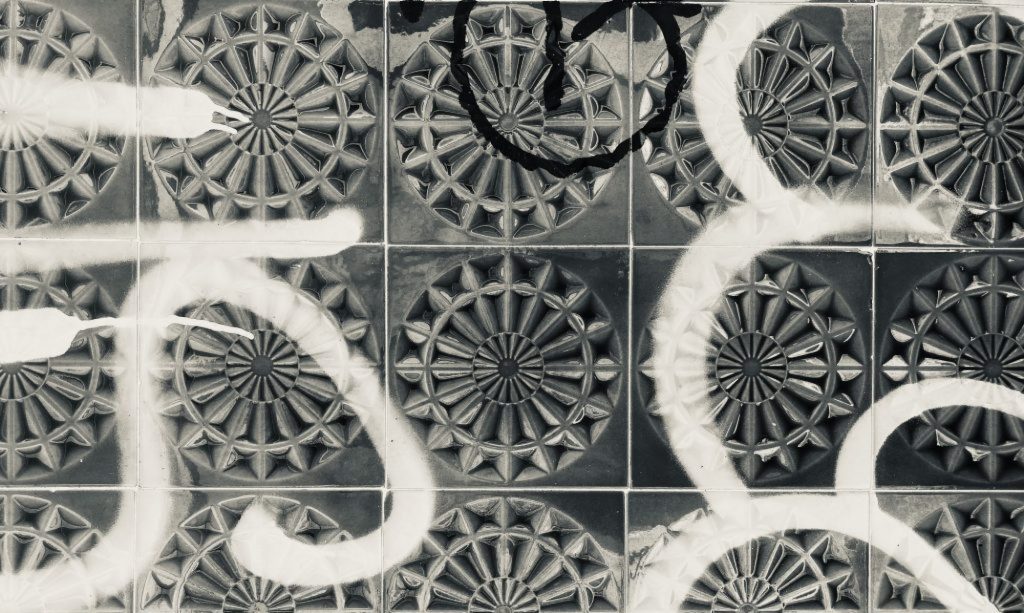Assessing learning and exchanging feedback
Contextual Background
Currently, the unit learning outcomes (LOs) exist primarily as an artefact in the handbook, rather than a practical tool that is equally utilised and understood by both students and tutors. Additionally, the formative assessment process in BA Product and Industrial Design is essentially a standard design forum or tutorial under a different name. There is no explicit requirement for students to evaluate and their learning outcome progression at this stage.
A more structured approach, ensuring constructive alignment between learning outcomes, curriculum delivery, and planned learning activities, may allow formative assessment to become a meaningful milestone for student learning. It could serve as a formalised opportunity for students to present their enquiry, knowledge, and process in relation to the learning outcomes, rather than an informal progress check.
Evaluation
There are three key issues that need addressing:
- The lack of explicit intention in how learning outcomes are embedded in unit learning activities.
- A lack of transparency and clarity for students and tutors regarding how LOs connect to learning activities.
- The gradual trivialisation of formative assessment, which reduces its impact as a learning opportunity.
The first issue will require an analysis of current activities, including lectures, Design Forums, and assessments, to see how they map to the learning outcomes. To improve transparency and clarity between students and tutors, the integration of learning outcomes into the unit must be iterative—meaning they are revisited regularly throughout the unit rather than being mentioned once in the unit briefing and again at submission. Finally, the formative assessment process should be restructured. Instead of mirroring a Design Forum or tutorial, it should be reframed as a curated presentation, requiring students to demonstrate their learning in direct relation to the unit’s LOs. This differentiation would encourage reflection and help students see formative assessment as a distinct, structured milestone, rather than just another tutorial.
Moving Forwards
Constructive Alignment. Biggs (2003) describes constructive alignment as a model where, “students construct meaning through relevant learning activities” and teachers “set up a learning environment that supports the learning activities appropriate to achieving the desired learning outcomes.” At present, our learning activities are loosely aligned with learning outcomes but tend to be structured more around the stages of the design process. This raises the question: Are we truly aligning learning outcomes with student development?
Our goal is to help students develop “functional knowledge”, which is the ability to “…reflect, hypothesise… and generate new alternatives” rather than simply describe or identify.” (Biggs 2003). This is particularly relevant to design forums and tutorials, where students often default to describing what they are doing and presenting unsynthesised information. While understanding the ‘what’ of their process is important, formative and summative assessments should require deeper reflection, showing how students interpret their learning and how it informs their critical decision-making.
To establish this shift, formative assessments should be structured as a reflective and evaluative learning opportunity, distinct from the lower-stakes, informal nature of tutorials. This could help students better gauge their own progression in relation to the learning outcomes.
Visualising Assessment Patterns. Mark Russell (2010) introduces a way of diagramming assessments across multiple modules, categorising them as low-stakes, medium-stakes, and high-stakes assessments. While BAPID does not currently operate with overlapping modules in the same way as Russell’s models, we do have concurrent design research and development activities, which could benefit from similar structuring.
One persistent issue is that students struggle to connect their Reflective Paper to their self-initiated project research. Each year, many students focus solely on the Reflective Paper, pausing hands-on design research and concept development instead of conducting these activities in parallel with the paper.
Reframing the Reflective Paper as one strand of a concurrent learning process—rather than a standalone task—could help students integrate it more effectively into their overall design practice. If we were to visualise the Reflective Paper as a module with distinct low or medium-stakes assessments running in parallel with hands-on design research, students might better understand how the two areas inform one another.
At present, our assessment model is linear, depicting a start-and-stop progression between design research and design development activities. By shifting to a concurrent model, we could create clearer connections between contextual research and practical design work, making assessment more meaningful and integrated into the learning process.
References
Biggs, J.B. (2003). Teaching for quality learning at university. Buckingham: Open University Press/Society for Research into Higher Education. (Second edition)
Russell, M. (2010) University of Hertfordshire Assessment Patterns: A Review of the Possible Consequences. Available at: https://blogs.kcl.ac.uk/aflkings/files/2019/08/ESCAPE-AssessmentPatterns-ProgrammeView.pdf (Accessed: 14 March 2025)

